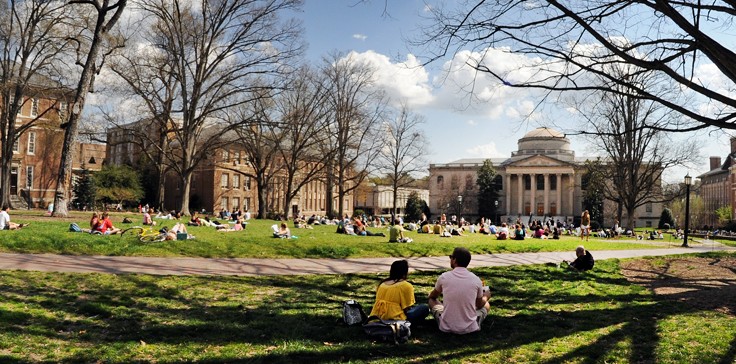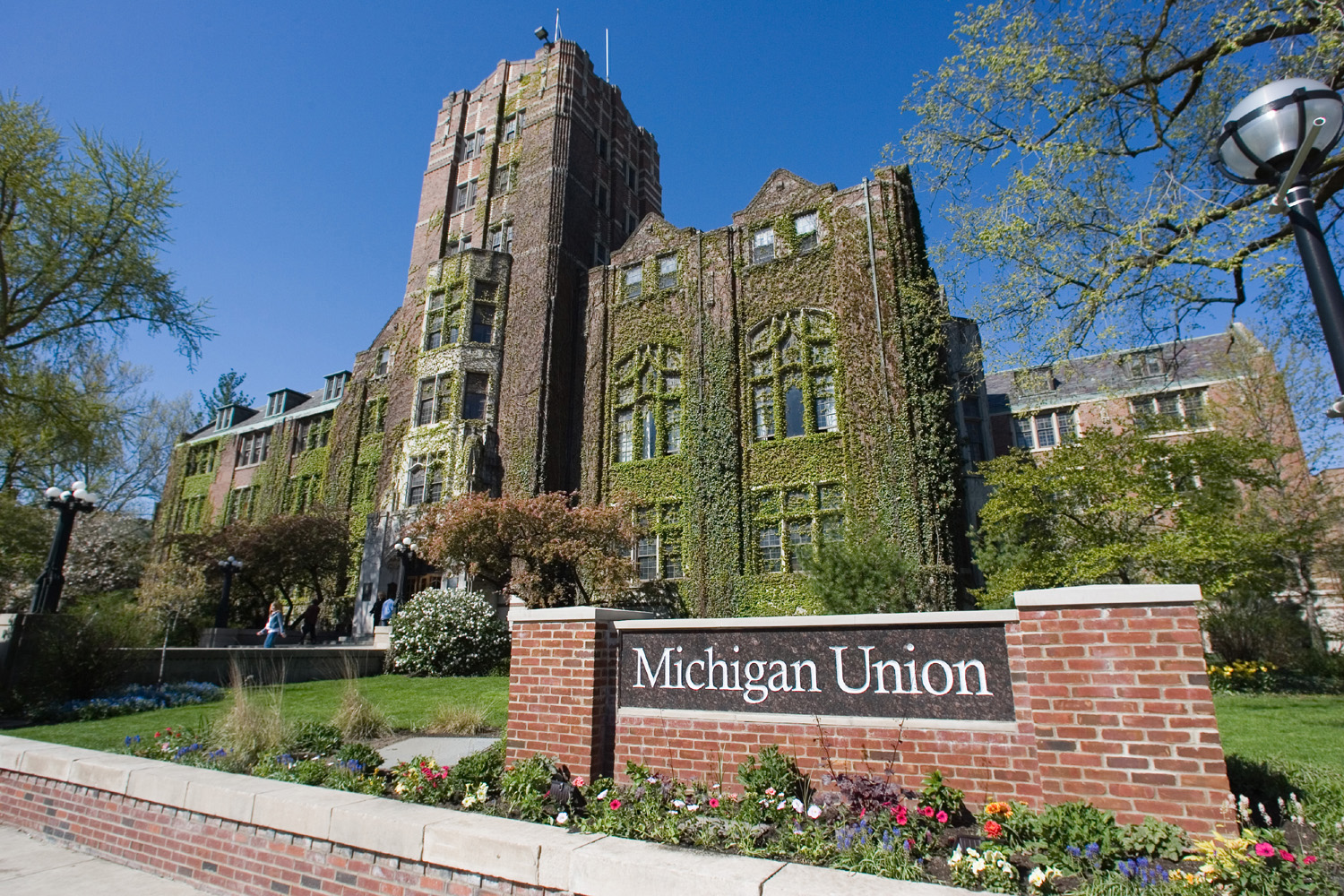
Blog posts on college admissions by Arjun Seth


A Few Liberal Arts Colleges Visited our Offices this Weekend!
Skidmore, Macalester, Bennington, Connecticut, and Wheaton College representatives met our students on the 26th of August







